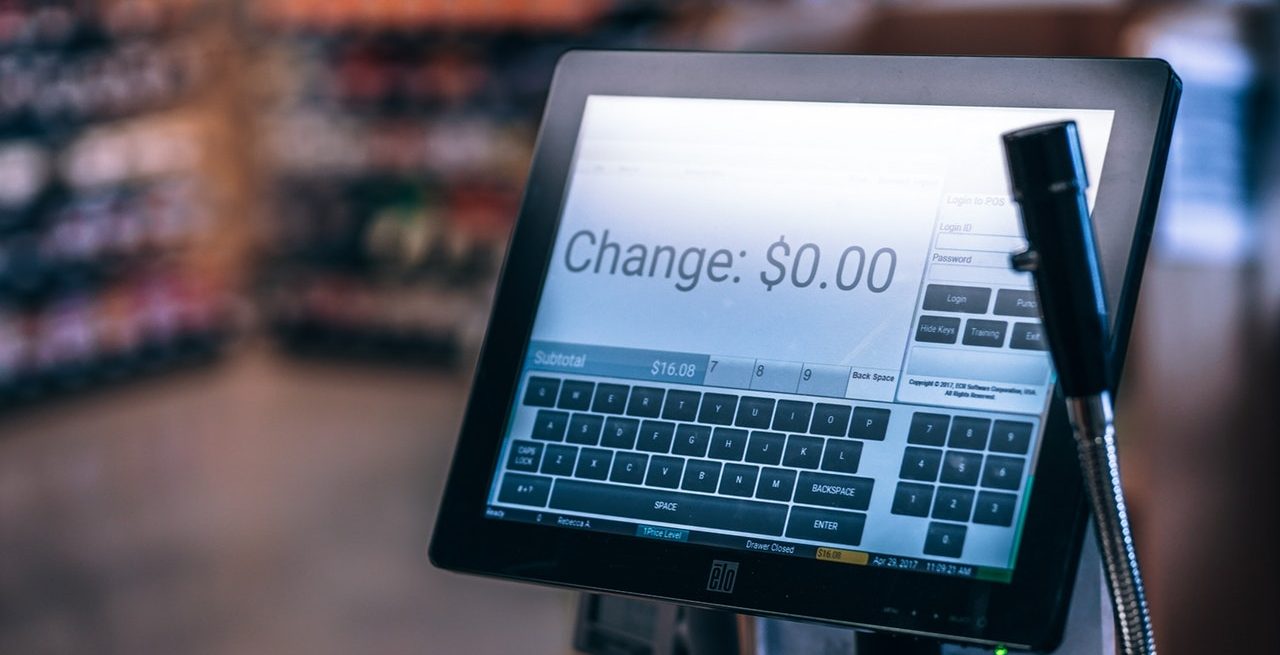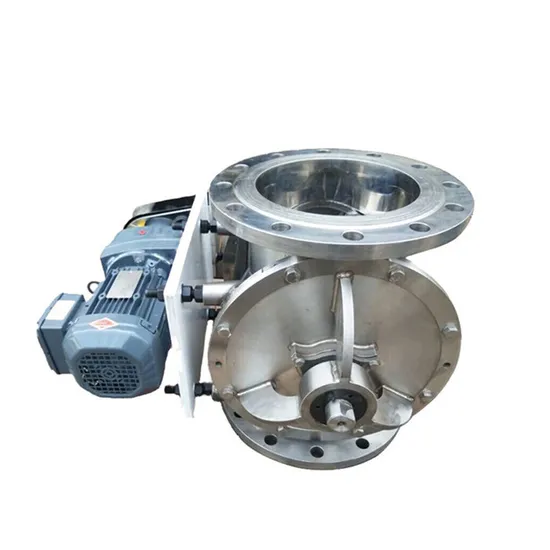
Small and Medium-sized Enterprises (SMEs) are the backbone of the global economy, driving innovation and job creation. However, accessing the necessary funds to fuel their growth has often been a major hurdle. At the heart of this challenge lies the critical role of credit scoring.
Credit scoring is a statistical method used to assess the creditworthiness of an individual or a business. It involves analysing various financial and non-financial factors to determine the likelihood of a borrower defaulting on their loan obligations. This risk assessment is important for lenders, as it helps them make informed decisions about whether to approve a loan application and at what interest rate.
Over the years, credit scoring models have evolved significantly, especially in regards to assessing SME loan eligibility.
Early Credit Scoring Models
The concept of credit scoring dates back to the 1950s when banks began using simple statistical techniques to assess consumer credit risk. These early models relied heavily on personal and financial information, such as income, assets, and payment history. However, they were limited in their ability to accurately predict creditworthiness due to the lack of data and advanced statistical methods.

● Introduction of Credit Bureaus
The 1970s saw the emergence of credit bureaus, which collected and maintained credit information on individuals and businesses. This enabled lenders to access a broader range of credit data, leading to the development of more sophisticated credit scoring models. These models incorporated additional variables such as credit utilisation, account age, and types of credit used.
● FICO Score
In the 1980s, Fair Isaac Corporation (FICO) introduced its credit scoring model, which revolutionised the credit industry. The FICO score, ranging from 300 to 850, became the standard for measuring credit risk in the United States and is still widely used today. This model considers factors such as payment history, amounts owed, length of credit history, new credit, and types of credit used.
The Evolution of Credit Scoring to Accommodate SME-Specific Needs
Acknowledging the limitations, credit scoring began to evolve. Lenders started incorporating broader data sets, including business performance metrics, cash flow analysis, and market conditions, offering a fuller picture of an SME’s health and potential risk. This shift allowed for more accurate assessments and increased the chances of smaller businesses establishing credit.
Today, modern credit scoring models for SMEs leverage advanced algorithms and vast datasets, including real-time financial data, social media analytics, and even behavioural indicators, to assess creditworthiness more accurately and fairly. This approach ensures that sme loans are evaluated on their merit and potential, not just the personal credit history of their owners.
The Impact of Advanced Technology on Credit Scoring for SMEs
Technology, particularly AI and machine learning, has revolutionised credit scoring for SMEs, allowing for dynamic scoring models that can adapt to changing economic conditions and more accurately predict SME performance and credit risk. This has contributed significantly to the increased availability of credit for SMEs.
Challenges and Criticisms of Current Credit Scoring Models
Despite the advancements in credit scoring technology, challenges remain. Critics argue that while modern models are more inclusive, they can still perpetuate biases, particularly against newly established SMEs without an extensive financial history.
Furthermore, the opacity of the algorithms can make it difficult for SME owners to understand how their scores are calculated and how to improve them.
The Role of Regulatory Bodies and Ethical Considerations
Regulatory bodies worldwide are recognising the need for transparency and fairness in credit scoring processes. There is a growing emphasis on ensuring that these models do not inadvertently disadvantage any group of applicants. This involves ongoing oversight, ethical considerations in model development, and mechanisms for applicants to appeal or seek clarification on their credit assessments.
Future Directions in SME Credit Scoring
The future of SME credit scoring lies in the development of more sophisticated models that can further eliminate bias, increase transparency, and provide more accurate predictions of credit risk.
Innovations such as blockchain technology for secure and verifiable sharing of financial data, and the integration of non-traditional data points for a more holistic view of an SME’s creditworthiness, are on the horizon. The aim is to create an ecosystem where access to credit is equitable and supports the continued growth and innovation of SMEs around the world.
Conclusion
The evolution of credit scoring models has been a game-changer for SMEs, enabling greater access to financing by recognising the unique challenges and opportunities these businesses represent. As technology continues to advance, the future looks promising for SMEs seeking financial backing to turn their innovative ideas into reality.
The road to fairer, more accurate credit scoring for SMEs is an ongoing journey. Yet, one thing remains clear: as these models evolve, they unlock new growth possibilities for SMEs, solidifying their role as the lifeblood of the economy.







